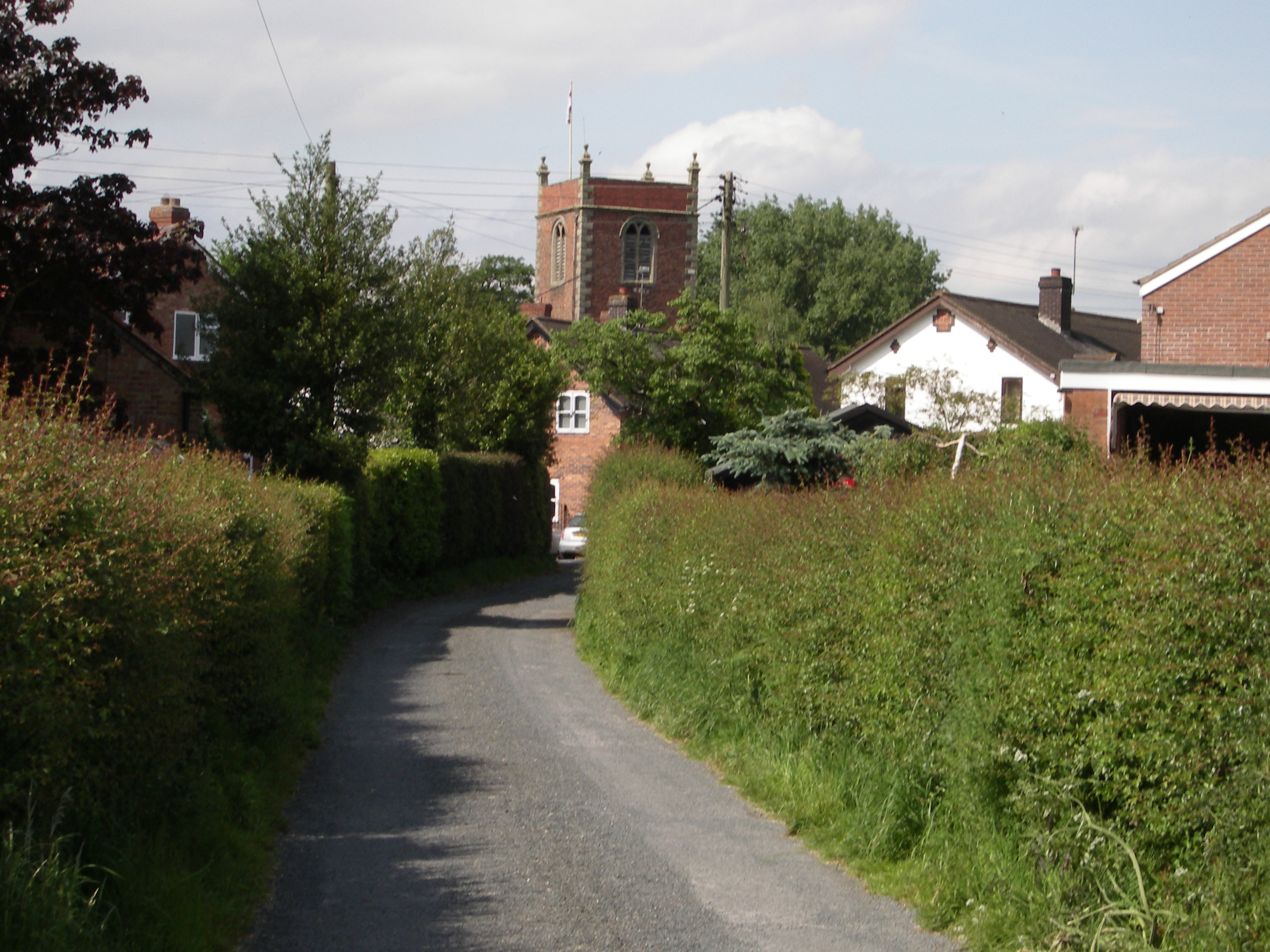
Home | What's New | Sources | Calendar | Statistics | Surnames

|
The Eachus Family of Cheshire, England Home | What's New | Sources | Calendar | Statistics | Surnames |
After three centuries of sustained growth in farming, population, trade and taxation, crisis was imminent. Increasing demand for food pushed farming to the margin, uplands and woodlands were brought under the plough. The open field system that had provided sustainable production came under huge pressure as peasants struggled with less land and farmsteads became ever smaller. The structure of the countryside was changing again.
About 7 million throughout the UK. Although most of the population remained directly involved in agriculture or in supporting activities like coppicing and fishing, there were now over 800 towns and these accounted for some 20% of the population.
Corn prices were high in response to high demand from a growing population and given the low labour rates, landowners did well. As the Eachus family were for the most part tenant farmers or husbandmen, not landowners, the rents they paid would have been substantial. One of the main exports from Cheshire was salt; the word ‘wich’ comes from the manufacture and mining of salt, as seen in the town names of Middlewich, Leftwich and Northwich.
In 1300 CE, England’s wool exports had risen to a peak of 12 million fleeces per annum and the sheep flock had soared to nearly 20 million animals. The sheep also played an important role in the maintenance of fertility on lowland farms. Horses became much more common and replaced oxen, they were quicker at ploughing and at transporting goods via cart over long distances. Also, pigs were farmed in woodland clearings and cattle would be kept in river valleys.
The use of the horse was spreading and while this helped to increase the speed of cultivation there was no real increase in yield. Overall output could only be increased by farming more land - a factor that led to huge areas of marsh, heath, fen and woodland being cleared to make way for agriculture. Agriculture was being pushed to the margin where the effort of production was often greater than the output. As with all organic systems the medieval farmers struggled to maintain fertility. The high cost of foodstuffs prohibited enough livestock being kept through the winter to maintain fertility and this led to lower harvest yields.
Woodland cover by 1350 CE had fallen in England to around 7%, less than today. However, hedges were becoming more common than in the Saxon period as they demarcated the boundaries of an increasingly structured countryside.
By 1300 CE, the economy was strongly trade and cash based with over £1 million of coins in circulation and accountants calculating profits. Taxation was also a key part of this market economy, which satisfied the King's need for revenue rather more easily than through his owning land direct. The rise of taxation also led to the rise of ‘parliament’ were representatives of the regions would come to London when summonsed to hear of the King's initiatives, gradually they were afforded more power. In the towns, a much greater specialisation in crafts and guilds arose which persists today. New professions developed and doctors, lawyers, administrators and clergymen all found a living in the new urban environment. In respect of trade, connections between London and Bordeaux existed with wine being imported in exchange for cloth, leather and corn. A lot of trade was in the hands of Italians who had a more sophisticated financial system and were able to purchase wool from British sellers on futures contracts.
Warmer than today with the period from 800 CE through to 1300 CE (the mediaeval warm period) being significantly warmer than today. However, around 1290 CE, the climate became colder and less stable and six centuries of much colder weather followed.